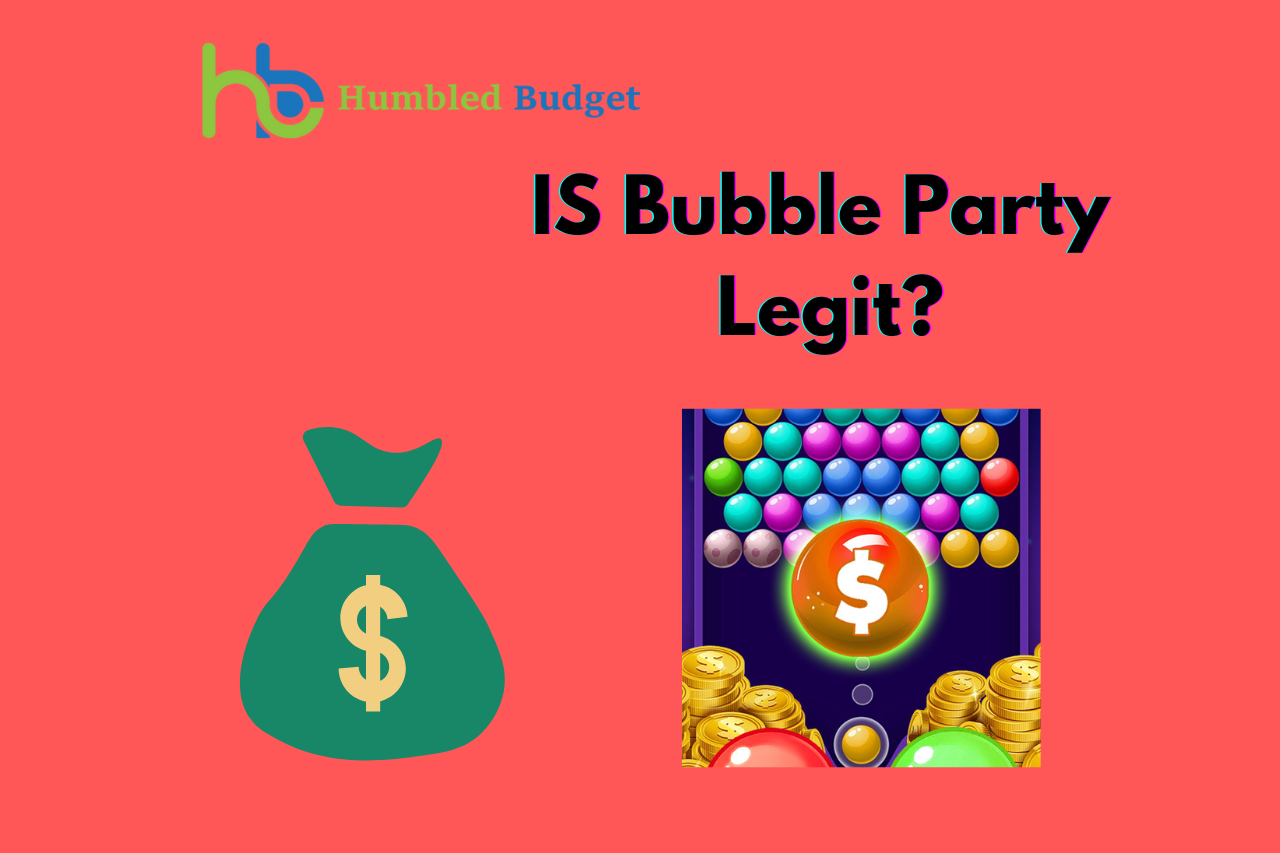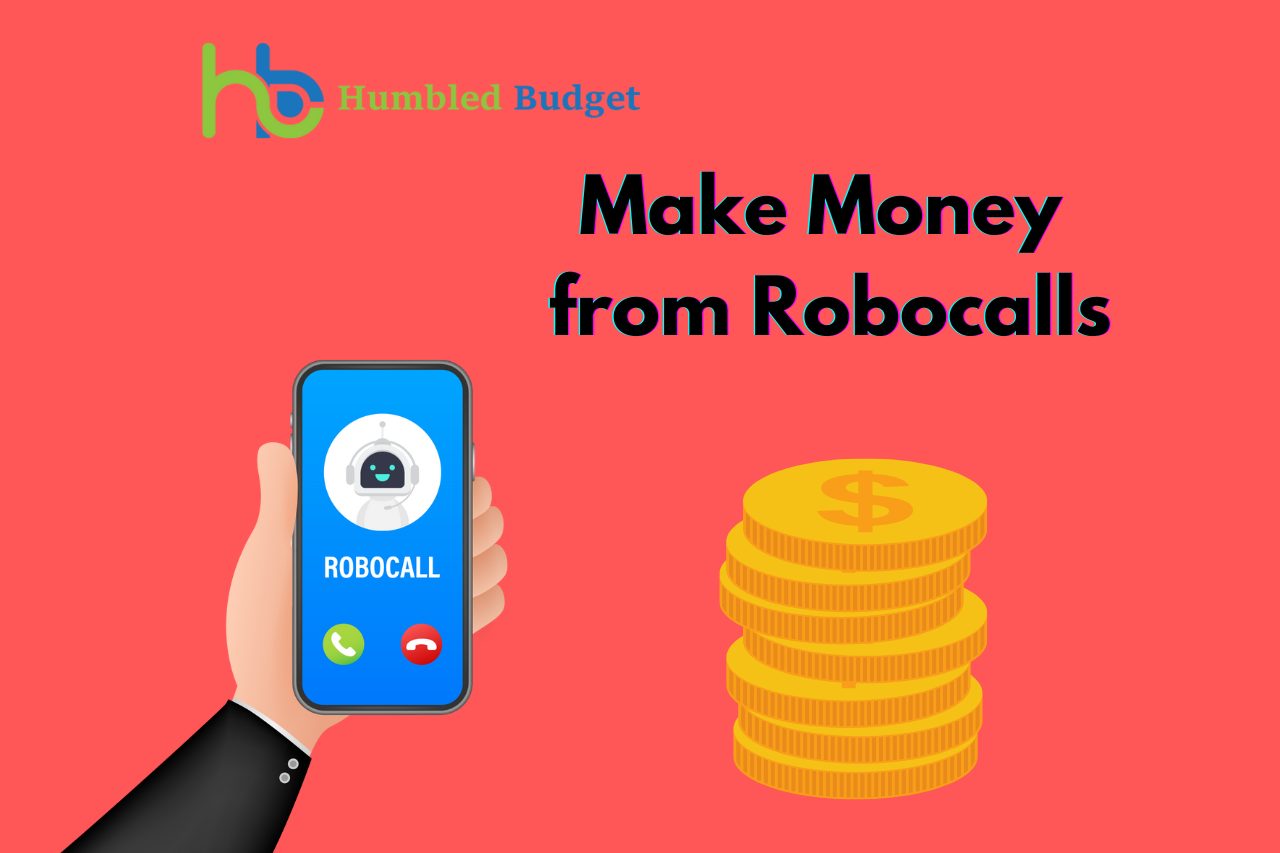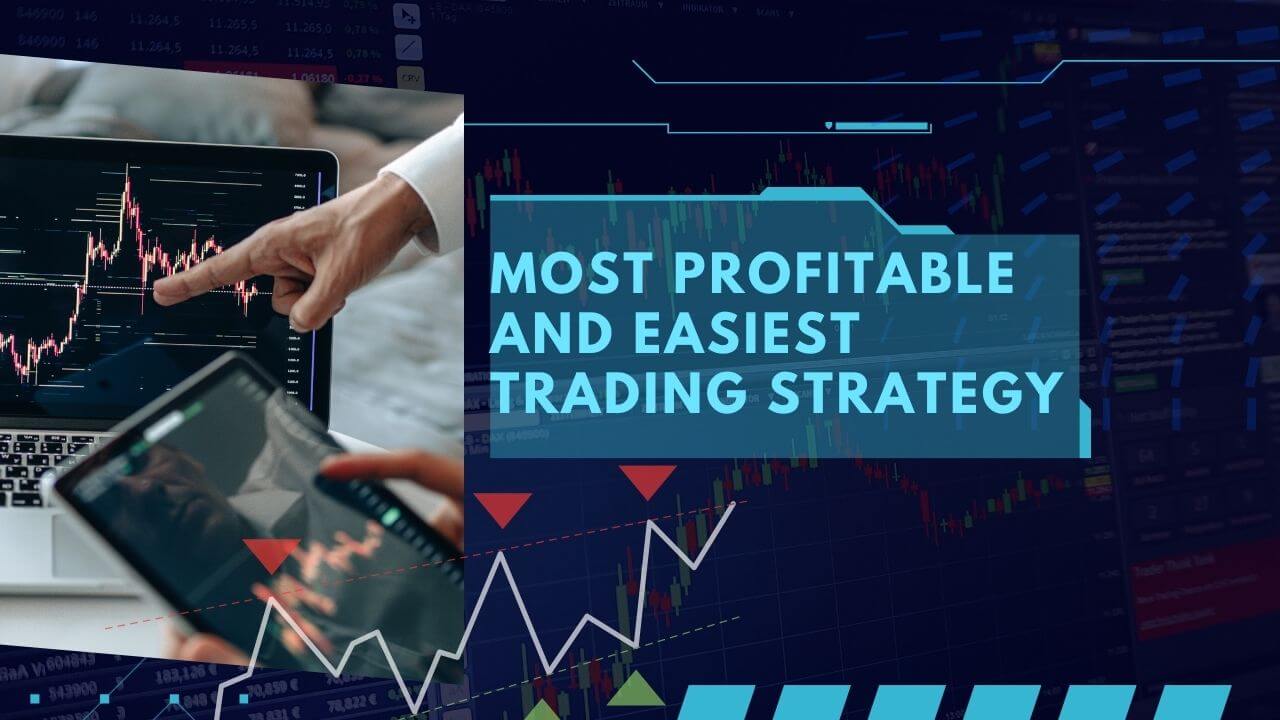Table of Contents
ToggleIntroduction
Compound interest is the most powerful component in the universe. It’s so important that Albert Einstein called it “the greatest mathematical discovery of all time.”
What does this mean for you? If you start investing young, compound interest will grow your money faster than simple interest, which means you’ll have more money to spend or save later.
What Is Compound Interest?
Compound interest is the magic that allows your money to work for you. It doesn’t mean you’ll be able to retire by 30 or buy a Lamborghini (though you can use compound interest to get closer).
It does mean that if you invest wisely, your savings will grow faster than they would otherwise and there’s nothing more powerful than watching your savings grow into something bigger and better.
Compound interest happens when the good in your principal grows as time passes. If you put $100 in a savings account that pays 5% simple annual interest, at the end of year 1, you’d have $105 in your account: $100 + ($100 x .05).
Instead of getting paid simple annual interest at 5%, the bank paid compound yearly interest at 5% per year, then after one year, there would be $107 in the account: ($100 + [$100 x .05]) x 1/2 = $107.
Compound Interest Calculator
It is beneficial to have a compound interest calculator on hand for many reasons. First, if you have an investment or money saved up and want to know how much money you will have at a given time in the future, this can be helpful.
Second, if you want to know how long it will take for your investment or savings to double, then this can also be helpful.
Third, if you want to calculate how much interest per year or month is being earned on an account with compound interest rates applied (this type of calculation requires using both the annual percentage rate [APR] and continuously compounded rate), then having access to such a tool would make things easier for users who do not like doing math manually.
How Is Your Money Safe in a Bank?
A bank is a place where people deposit money and get loans. It holds your money in trust, so you can’t spend it, but it will allow you to borrow some of it back.
Banks offer different types of accounts and products. You can keep your money as savings (which earns interest) or use it to make purchases on a credit card (which doesn’t deserve any interest).
Suppose you have enough money in an account. In that case, the bank will let you borrow some of that money for a fee: this is called overdraft protection because if all the funds aren’t available at once, then they’ll lend them from somewhere else so that there’s always enough cash on hand even if someone wants more than what’s available right now.
There are also fees for withdrawing from an ATM and having checks written on behalf of another person (called check processing), which may be required when paying rent or utility bills online through an automated system such as Chase WebPay or PayNearMe.

How Interest Rates Affect Investments
The interest rate you receive is also the nominal interest rate. The return on investment (ROI) is often calculated using this number, but there are other ways to figure it out.
This is because the nominal interest rate doesn’t tell you how much money will remain in your account at the end of a period. It’s just an estimate based on what you might earn if you kept all your money invested at that same rate over time.
For example, if an investment paid 4% annual interest, but inflation was 3%. After one full year, your investment would be worth $4*(1+0.03)-1 = $3.97 more than when it started but only if it was never spent on anything besides buying more shares in that 4% stock.
If, instead, we invested our initial $100 into, say, ten different stocks and bonds are earning 4% each. After one year, we’d have roughly ($100*0.04)^10 = approximate $3 more than before, thanks to compound interest (though this amount could vary depending on which investments had higher growth rates).
To calculate gross or net interest rates, we must first determine whether taxes have already been applied by comparing gross vs net values found somewhere like the US Treasury Department website.”
The Example of the Wealthiest Man in America
The story of Andrew Carnegie is a perfect example of how compound interest works. In his early 20s, Carnegie worked as a telegrapher for Western Union and saved $500 from his salary.
He invested this money in stocks and bonds, which earned him enough to buy out his boss for $2,500, but then he sold them for $5,000. This initial investment grew at an annualized rate of 7%, meaning that by the end of Carnegie’s life, it was worth over $6 billion in today’s dollars!
The best way to illustrate how this happened is through math. If your savings grow at an annualized rate of 10% each year (which is close to what most banks aim for), after five years, your initial investment will be worth more than double what it was initially.
The following year it will double again; by year 10, it will have grown almost 900 times bigger than when you started.
Investing can be scary if you don’t know where to start or where your money should go, but thankfully there are plenty of online tools that make things easier. Please take a look at our compound interest calculator.

You have a better chance of growing your wealth by investing
Compound interest is the difference between investing and saving. For example, suppose you earn 10% on an investment that pays no dividends or interest.
You invest $100, and at the end of 1 year, you have $110. You could have just saved your money in a savings account instead, which would also be paying 10% interest (after taxes).
Thus, if you had kept your original $100 in a savings account without investing it, you would now have $110 after one year.
However, things start to change dramatically when we look at compound interest over more extended periods.
To illustrate this point, let’s imagine that instead of saving your money for one year (without earning any interest), we invest it for 30 years (so now our initial investment has become about 300 times larger).
If both investments earned 10% annually, then after 30 years, our savings would have grown from 100 dollars to 3200 dollars – which isn’t bad.
Now, let’s compare this amount with what our original investment would be worth if we invested instead: After 30 years, that same initial amount will grow into an impressive 958,876 dollars.
Conclusion
The secret behind achieving your financial goals is using compound interest’s power. The basic idea is that you can make more money by investing and earning returns on those investments over time than you would by simply saving.
Most people don’t realize how much they could benefit from this approach until they learn about it firsthand, and even then, many still don’t take action because they think it sounds too complex or complicated.
Here’s what we know: if you want to achieve financial freedom sooner rather than later, you need to start taking steps toward making it happen.














